Author: Katy H., Mike P.
The Neat and Cool Cam Buying Guide
Due to the ease and convenience of quickly selecting, placing, and removing cams, and with their superior performance in parallel cracks, cams are the staple of the modern day crack climbing rack. A rack of cams is a set of cams in a range of sizes to fit a range of crack placements. A “Standard Rack” is a reference to the rack required to safely protect most routes in a specific climbing area. Of course, this is very subjective to the area, the specific route, and the ability of the climber. For Squamish, a Standard Rack (SR) of cams generally refers to a single set of cams from 10.5mm to 115mm (or 0.5” to 3.5”). This covers thin fingers to fists, or a BD Z4 Yellow #0.2 to a grey Camalot C4 #4, and will allow you to protect the majority of routes in Squamish. Most climbers choose to double up cams of certain sizes, and of course it is common to carry a double rack for added protection, so a Recommend Rack would double up cams for longer pitches or long routes, especially with the lightweight gear options on the market these days.
Basic Cam Design

Rock climbing cams, or Spring-Loaded Camming Devices, consist of four spring-loaded cam lobes which pivot on an axle. The axle is attached to a stem with a trigger and trigger wires which retract the cam lobes when pulled for placement in a crack or pocket. When the trigger is released, the springs expand the cams against the sides of the crack, and generate very high holding power in the case of a leader fall. Each individual cam can protect a range of crack sizes, and typically a selection of different sizes is carried depending on the size of cracks found on the route or in the area.
Mid-Sized Cams (Fingers to Fists)

Mid-sized cams start with fingertip sizes (e.g. Black Diamond Blue #.3) and extend up to fists (e.g. Black Diamond #4), ranging from 15mm to 115mm. Mid-sized cams will protect the most common sizes of cracks at moderate grades, so mid-size cams are the most important first cams to purchase if you are building a rack. These cams cover a wider range of crack sizes for a given cam size and have increased strength over the small micro cams. They have wider head widths than micro cams, which give them greater stability in a crack and help prevent walking (shifting or “walking” in the crack). A basic multi-pitch climber's rack consists of a double set of finger to hand-sized cams, with the option of single or doubles in tips and fist sizes.
Mid-sized cams that we sell:
- Black Diamond Camalot C4's, Ultralight C4's
- DMM Dragons
- Wild Country Friends
- Totems
What to Consider when Buying Mid-Sized Cams?
Weight vs Lifespan
A double or triple rack of cams on your harness is heavy. Weight makes a huge difference when climbing; it can determine whether you send or not, and on a multi-pitch extra weight can make the day a struggle. Ultralight cams help reduce the weight of your load, but like all lightweight gear, they will not last as long. If you want a good basic set of cams to last you for the next 10-20 years, choose mid-weight cams like C4, Friends, or Dragon cams.
Thumb Loop vs Thumb Press

Above: DMM Dragon (top), Wild Country Friend (bottom)
Cam stems are made with either a thumb loop at the end of the stem or a thumb press. Some climbers argue thumb loops are critical for ease of grabbing the cam to trigger and reducing the chance of accidentally dropping a cam, while other climbers find handling a cam with a thumb press just as easy. It is a matter of personal preference so hold some cams in your hands, manipulate them, and decide what you like best or if you care. Thumb loops add length to the cam stem allowing a climber to push the cam into placement higher above their head.
Single vs Extendable Slings

Above: DMM Dragonfly (top / middle), Metolius Master Cam (bottom)
Most cams come with a single sling, but some cams come with an extendable sling which saves having to carry a quickdraw to clip the rope to and helps prevent the cam walking into the crack. The DMM Dragons and Wild Country Friends both come with extendable slings, whereas BD cams only come with single slings.
Single vs Double Axle

Above: DMM Dragon (double), Metolius Master Cam (single)
The double axle design allows more camming range and is the most common design of mid to large-sized cams. The double axel design also allows for easier placement and removal of cams due to the greater range and the stability of the lobes while moving over two axles.
(For many years Black Diamond Camalot C4s were the only double axle cams on the market which played a large role in their market domination. Now that the patent has expired, virtually all mid sized cams use a double axle design giving them a wider range for a given size.)
Anodized Lobes

Above: Totem (left), DMM Dragon (middle), Black Diamond C4 (right)
DMM & Wild Country argue that anodization reduces friction against the rock, so they remove the anodization from the edges of the cam lobes, although mid-sized cams are very stable so it would be very condition dependent to slick or soft rock.
Micro Cams (Fingers & Smaller)

Small or Micro Cams are for finger sized cracks and below. They range from 7.5mm to around 28mm. Usually when you're climbing you won't bring anything smaller than a 10mm range unless it's for a specific climb, generally at a harder grade.
Since micro cam sizes overlap with nuts it is possible to substitute nuts for micro cams, a much less expensive option for new climbers building their first rack. Seasoned climbers will view micro cams as an essential part of their rack, and often own more sets of micro cams than mid-sized cams to fit the unique requirements of each thin crack project.
Having at least two brands to choose from when placing micro cams can be extremely useful, since each brand makes their cams a bit differently. The placement range of small cams is less than larger cams so within a brand's cam range there can be gaps; when trying to place in a particular size of crack you might find that nothing will fit perfectly from one brand, and you need a cam from another brand for the perfect fit. A slightly narrower head or a .5mm bigger head range can make the difference between a bomber piece or ripping and decking. Micro cams must be placed carefully because of low tolerances. Make sure all four cam lobes are well engaged, they are placed deep enough in the crack so if they shift they will not pull out, that the cam will not shift out of placement if pulled by the rope, and that the crack at the point of lobe contact has parallel sides and is not flaring. For a micro cam to work well the placement should be perfect. Climbers spend a lot of time considering the relative merits of various types of micro cams.
Micro cams are not as strong as larger cams. If you whip repeatedly on a small cam or place the cam poorly so it will torque and be crushed against the rock when you fall, they may get mangled. The job of a cam is to catch your fall, not last forever. Micro cams weigh very little so bringing extra is often a good idea.
Micro cams that we sell:
- Black Diamond Z4's, Z4 Offsets
- DMM Dragonfly's
- Wild Country Zero Friends, Offset Zero Friend
- (Smaller) Totems
- Metolius UL Master Cams
What to Consider when Buying Micro Cams
Head Width

Above: DMM Dragonfly (left), Black Diamond Z4 (right)
Head width matters in the smaller sizes of cams. Especially when climbing in granite destinations, small placements are often in pin scars or short widenings of a narrow crack. If the head is two wide it may not fit into the widened section of the crack. The downside to having a narrow head is that narrower heads means less surface area on the rock and less holding power. So for pin scars and pinched out cracks you definitely want narrow heads, but for desert sandstone splitters this may not be as desirable.
4 Lobes vs 3 Lobes
3 lobe micro cams were originally designed because this enabled a narrower head size for narrow placements. Metolius tricams and Black Diamond C3s are some examples. 4 lobe head designs provide more stable placements, meaning placements are more likely to stay put rather than shift and rotate in the crack. Advancements in 4 lobe design has allowed the creation of cams with narrow heads and now most micro cams have 4 lobes.
Strength
Cams are tested to meet both UIAA and CE norms for strength. Micro cams range in strength from 5 - 10kN. The smallest sizes are considered more specialty pieces due to their very small size and limited holding power, and it's best to double up on placements of these if there is a fall potential climbing past the piece. The strength ratings of cams vary between brands; when choosing a micro cam strength ratings may factor into your choice of micro cams.
Lobe Metal Durability
Softer metals help the lobes “bite” into the rock for more secure placements, something to be considered for more tenuous small cam placements. Soft metal is less durable and harder metal is more durable. If you aren't pushing grades and you want a cam that will last through a number of falls, a cam that advertises softer metal for more secure placements may not be the best choice for you.
Stem Stiffness

Above: DMM Dragonfly (left), Black Diamond Z4 (right)
Since micro cams fit in small cracks, it is more common that you are in challenging terrain when placing small cams. When teetering on the brink of a fall, being able to hold a cam and easily maneuver it into a good placement can feel very important. A stiffer stem allows the climber more direct control over the placement of the head of the cam. Soft stems can make for a more secure placement since when the rope jiggles the stem or a fall torques the stem over a bulge in the rock, a soft stem will bend allowing the cam lobes to stay in position in the crack. Since small cam placements can be very subtle, a soft stem becomes more important for helping the cam placement stay where you want it. Some new innovations allow the stem to be rigid when the trigger is retracted during cam placement and otherwise soft for more secure placements.
Camming Range

Above: Wild Country Friend (double), Metolius Master Cam (single)
Double axle cams provide more range while single axle cams provide less. Manufacturers of single axle cams argue that the cam angle on a single axle cam generates the most amount of holding force. Head angle can also affect range. Depending on the brand, finger sized micro cams can be double axle or single axle, but in the smaller sizes they are all single axle. A larger range is generally desirable because it increases the likelihood that the cam you pull off your harness will fit the placement. Below a certain size it's not possible to have a double axel design.
Large Cams (Where glory starts at 4 Inches)

Large cams protect offwidth cracks, and squeeze chimneys. These cams are a godsend if wider cracks or off-widths are to be encountered on the route. In most climbing areas, large cams are not part of a standard rack. You will not want one of these hanging off your harness unless absolutely necessary so on a multipitch requiring a large cam, store the cam in your pack until you get to the pitch where you need it. Often large cams are pushed up the crack above the climber (or “walked”) in a wider off-width crack to provide protection. These cams range from 85mm to 321mm. Large cams have long stems for retracting the bigger lobes, and the stems are stiffer, reducing head wobble when placing them about you.
Large cams that we sell:
What to Consider when Buying Large Cams
Weight
Since large cams are big and less frequently used weight is probably the biggest consideration. If you have to bring two #5's, a #6, #7 and a #8 with you that's going to add more weight than the rest of your rack combined. So buying the lightest big cams you can is a good move.
Space Savings

Above: Black Diamond C4
If you have a bigger cam on your harness it's a good idea to hold it closed with a stick or something to save space on your harness. Some new large cams have mechanisms for holding the lobes in a retracted position, making the cams smaller to rack on your harness. This saves time and a little bit of weight while climbing.
Strength
As cams get bigger they usually get stronger, but this stops being true after a certain size. Once cams start getting huge the amount of metal that needs to be removed from the cam to make it light enough to be manageable causes the cam to lose a lot of holding power. As well if these larger cams are placed incorrectly they can break very easily. They torque in weird ways when not pointing directly downwards and their thinner metal can't deal with these forces.
Cams for Flaring Cracks
Offsets

Above: Black Diamond Z4 Offset
Offset cams have one set of cam lobes bigger than the other set. They are designed to fit in irregular, flaring cracks and pin scars. Non-offset cams are designed to fit in parallel cracks and if placed in a flaring crack they will pull out. Offsets are not necessary for a first trad rack or for moderate climbs, but become handy as you advance in difficulty or if you encounter a lot of pin scars or flaring cracks in your area.
Equalized Dual Stem Design

Above: Totem
In the case of Totem Cams, their dual stems act independently and are equalized, with each set of lobes being engaged by the pull on the stem to which they are attached. In a flaring crack, this means the load on the set of lobes in the narrow part of the crack is equalized to the pressure on the lobes in the more flared part of the crack, providing a secure placement in a flaring crack.
Above: Click the image to view Cam Range Chart
Brands
There are a great variety of brands on the market at any given time. Here we've listed a few of the more popular ones, specifically the ones we carry:
Totem

Totem MT is a Basque cooperative that manufactures an innovative and unique cam design, highly sought after by big wall and aid climbers.
- Totem Cams utilize a Direct Loading System which is a dual stem design that allows each set of cam lobes to lock off independently of the other set increasing their holding power in flaring placements. The unique head shape helps increase range for this single axle cam. Softer aluminum alloy used in the cam lobes give extra bite on soft rock or tenuous placements. While the dual stem is a little heavier and bulkier to rack, the ability to set only two lobes and protect difficult placements make these difficult-to-find cams highly sought after by big wall and aid climbers. They do come at a price premium. Note: if only two lobes are set, climbers must clip directly into the stem rather than the sling, and this scenario should only be used for progression climbing rather than free climbing.
Black Diamond

Black Diamond is the most popular manufacturer of cams in North America.
- Z4's and Z4 Offsets - BD's new and innovative micro cams which feature their RigidFlex stem, designed to stay rigid while placing the cam, but become ultra flexible when they are placed. The Z4 cam heads are the narrowest on the market, and the Size 0 is the smallest cam BD has ever made. Thumb loops on the stems make quick selection and placement a breeze.
- Camalot C4's are the standard in cams. The dual axle design boasts a large cam range for each size. The latest iteration of these legendary cams have lightened them up by 10% while still maintaining their strength and durability. Sizes 4 and up have an innovative trigger keeper, which keeps these cams compact while racking. Thumb loops for more secure handling. Sizes 7 and 8 are the largest cams on offer, rivaling the Valley Giants, and used for protecting offwidths and squeeze chimneys. Interesting to note these large cams must be placed symmetrically as they have significantly lower strength ratings due to the nature of their size and the amount of metal removed from the lobes in order to maintain a usable weight.
- Camalot Ultralights are the lightweight version of the C4's, they come in the same sizes as the 0.4 - 4 cams. They have been lightened up by a Dyneema cord in the stem rather than a cable, and a Dyneema sling. Because Dyneema has a shelf life, these cams are only recommended for 5 years of use before they should be retired. And they come with a hefty price tag. But if you are climbing in the mountains or sending hard trad lines, the weight savings are significant, up to 25% on a full rack and are well worth the premium on many climber's racks.
Wild Country

Wild Country is the original cam manufacturer with the early prototypes being dubbed “friends” to keep them top secret.
- Zero Friends and Offset Zero Friends micro cams now come with an increased head angle of 17.6 deg which give a wider range on a small cam placement and an equal distribution of force no matter how open the cam lobes are. Narrow heads, thumb loops and extendable slings make these cams a great choice for fast, accurate placement in small cracks.
- Friends have come a long way since their original inception. The modern day Friend is built with wide, durable cam lobes on a double axle for a maximum range. Hollow axles are stiffer while reducing weight and 12mm Dyneema extendable slings allow you to reduce the number of quickdraws you carry on a climb. While they only have six sizes in the range, they are the most popular hand sizes and sell at a competitive price point for the features.
DMM

DMM has been manufacturing climbing and mountaineering equipment in North Wales for over 30 years, and have earned a reputation for high quality and as being leaders in hot forging.
- Dragonfly's are DMM's micro cam offering. They come in 6 sizes, the smallest having a range of 7.8mm and a strength rating of 6kN, which is no small feat to earn this added strength over similar sized cams from competitors. Highly flexible stems with smooth trigger action, and extendable 11mm Dyneema slings round out the package.
- Dragon cams are built with DMM's legendary quality and have a strength rating of 14kN on all but the smallest 00 size, which is rated at 10kN. Hot forged, machined cam lobes have raw aluminum against contact points to increase friction on smooth or soft rock. Dual axle on a single stem and extendable 11mm Dyneema slings. The Dragons are a little heavier than some of the other models and come at a price premium, but the quality of the build and high strength ratings make them a worthy option for any climber's rack. The large sized #7 and 8 cams are rated to 14kN.
Metolius

Metolius is a pioneering company in the manufacture of camming devices based in Bend, Oregon.
- Ultralight Mastercams are a single stem, single axle cam designed with an optimized holding power for outward forces. The Mastercams feature a narrow head width and the Rangefinder, which helps new climbers easily gauge the quality of placement. Mastercams are a fairly lightweight option compared to competitor pieces and come in at a good price point. The lack of a thumb loop can make them a little more fiddly to handle.
Conclusion
Cams are an investment, but once purchased open up a whole new level of experience in climbing. You should always seek professional advice and teaching when learning the necessary skills to trad climb or move in the mountains safely. And if you have gear specific questions, drop us a line, send us a note or come see us at Climb On. We love talking gear and finding the right solution for you!





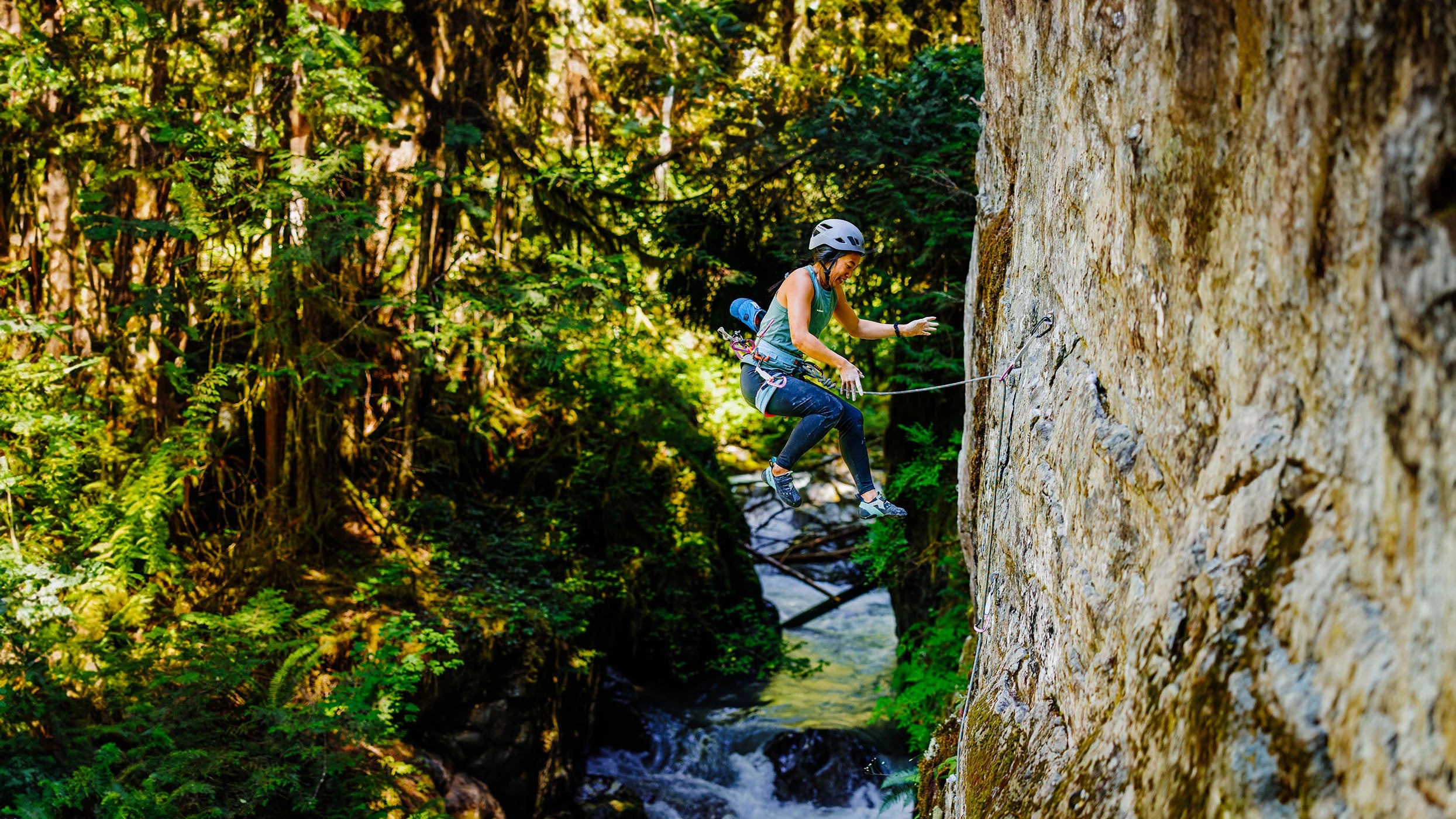


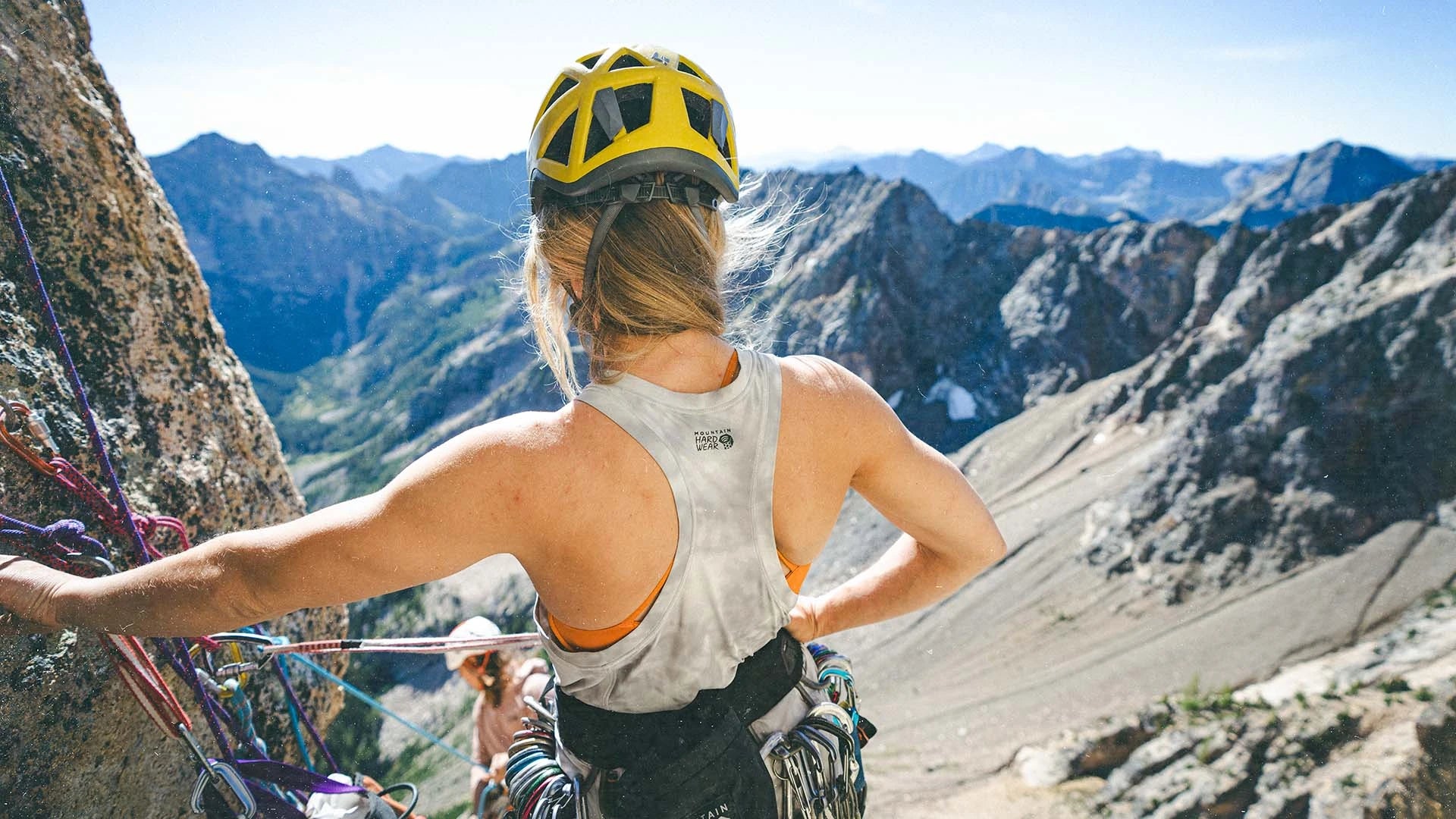

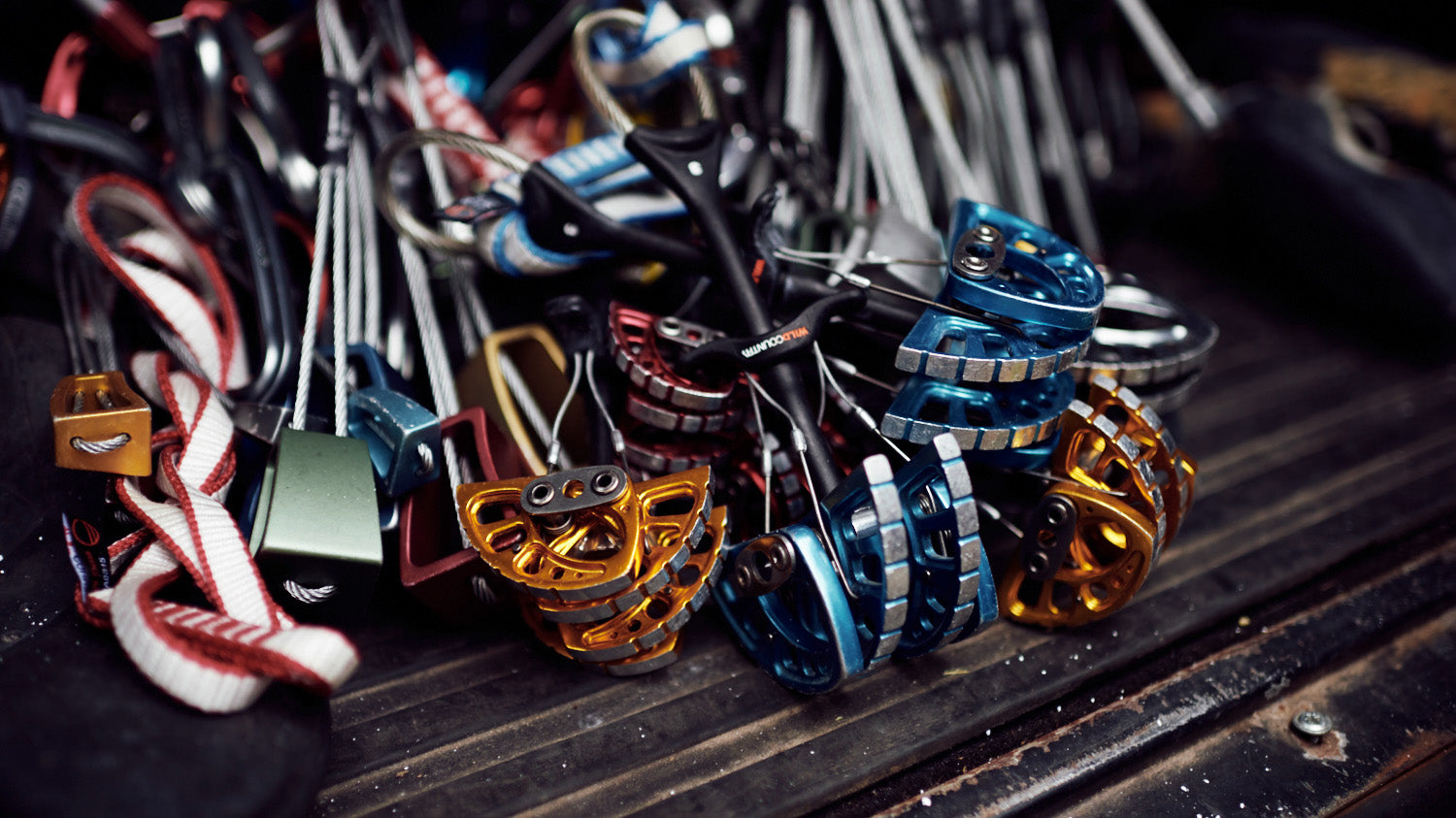


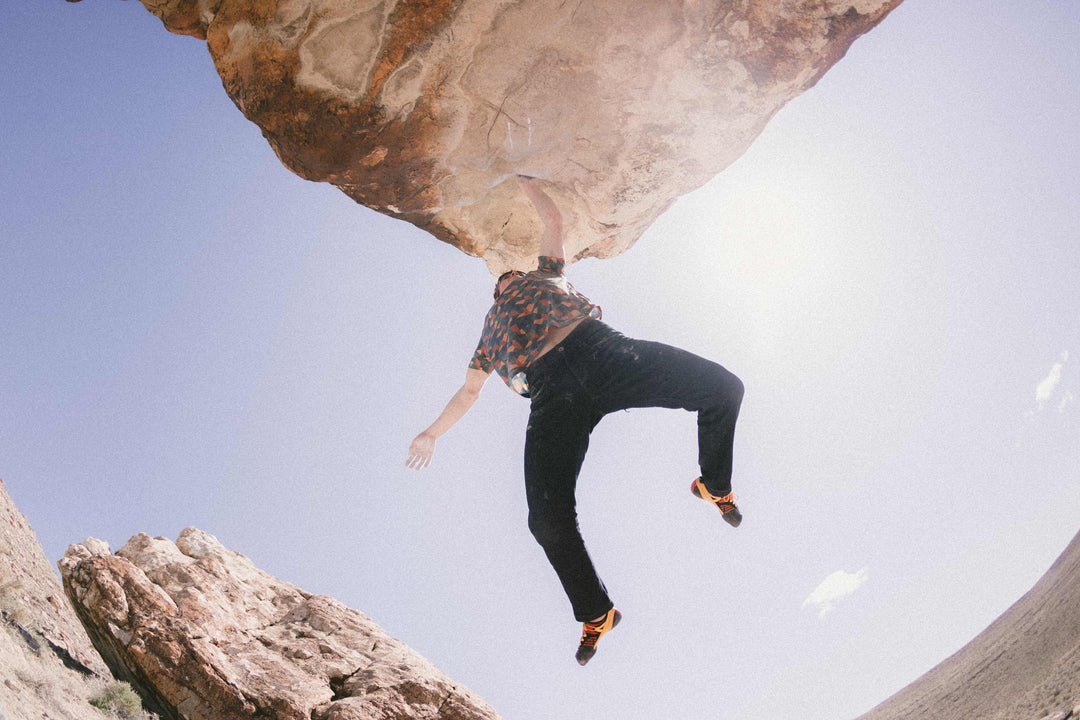
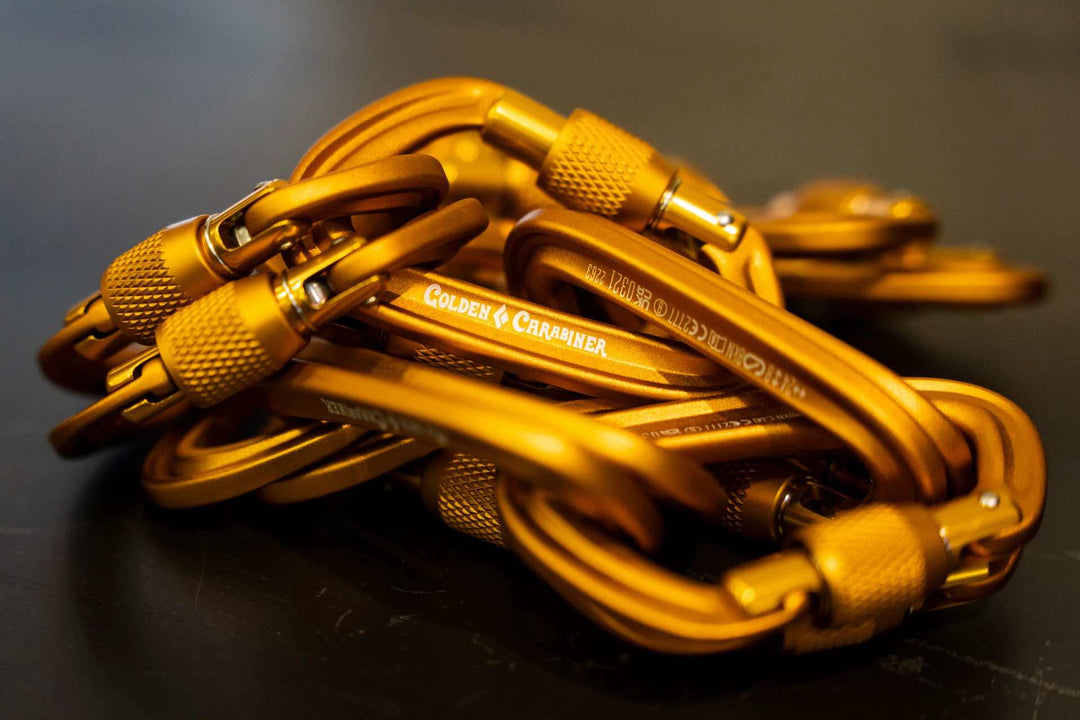
@ Tim C, Thanks for your comment. Wild Country does not have Friends to .3, they only down to size .4, they switch over to Zero Friends to go thinner than .4
Does Wild Country Friends have size .3? I thought I saw it. Mostly its set includes .4-3. I do not mean Friends Zero or Offset Zero.
Thank you,
Leave a comment